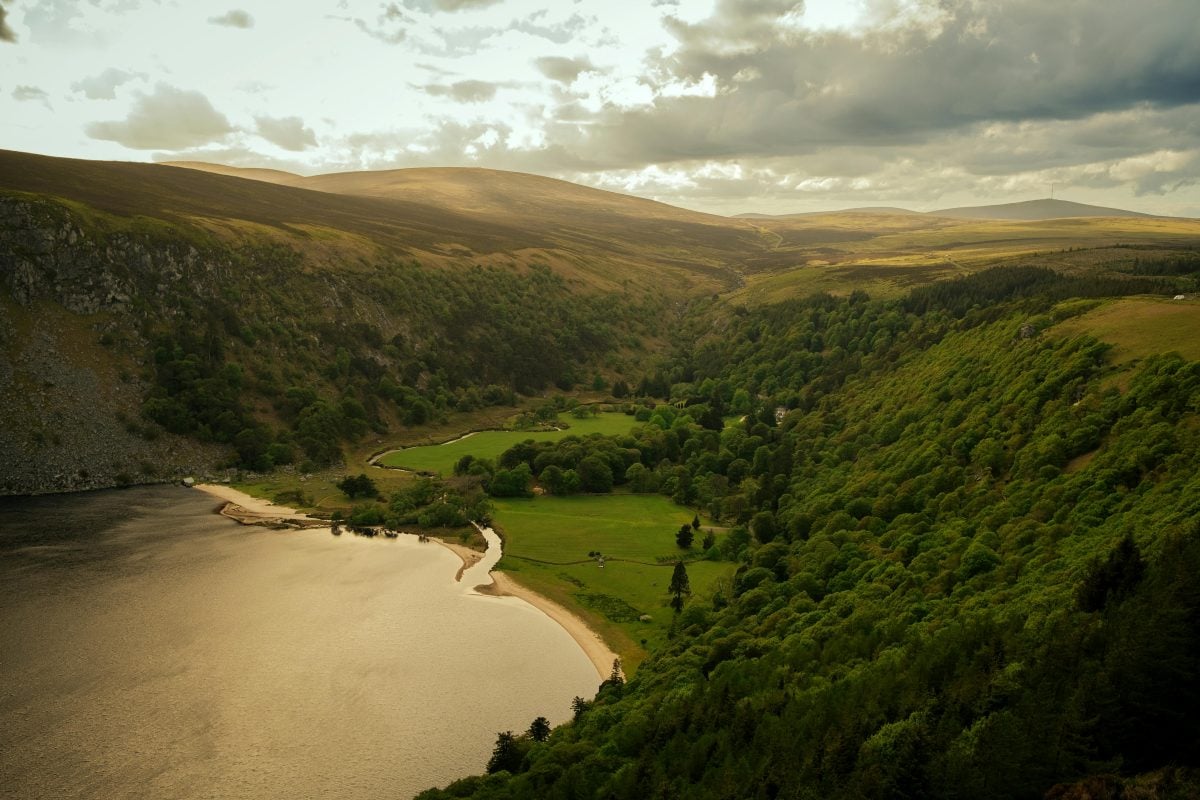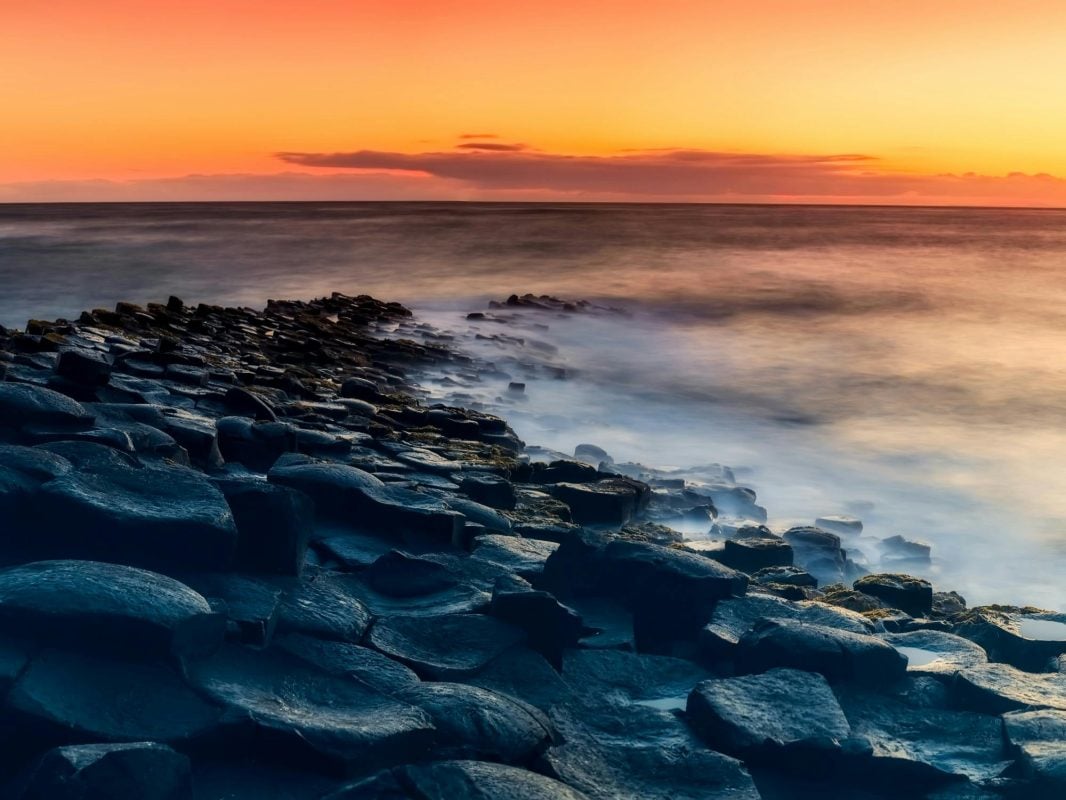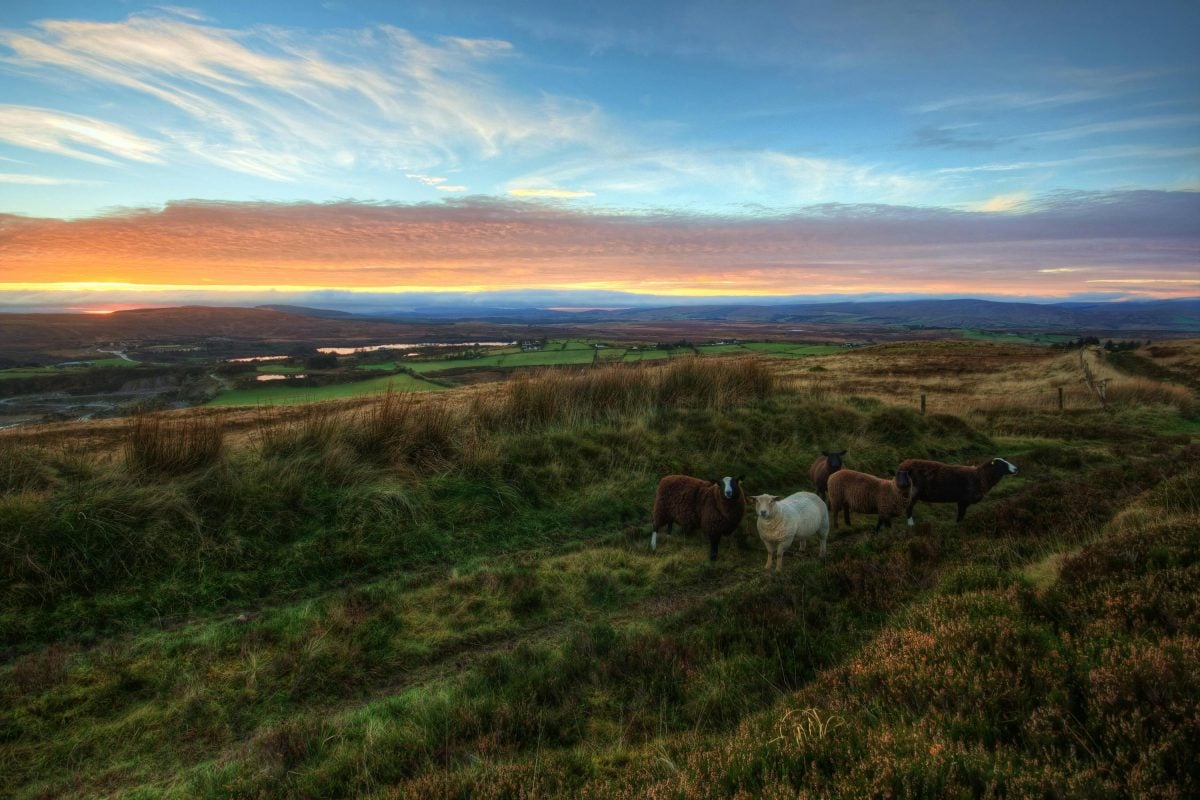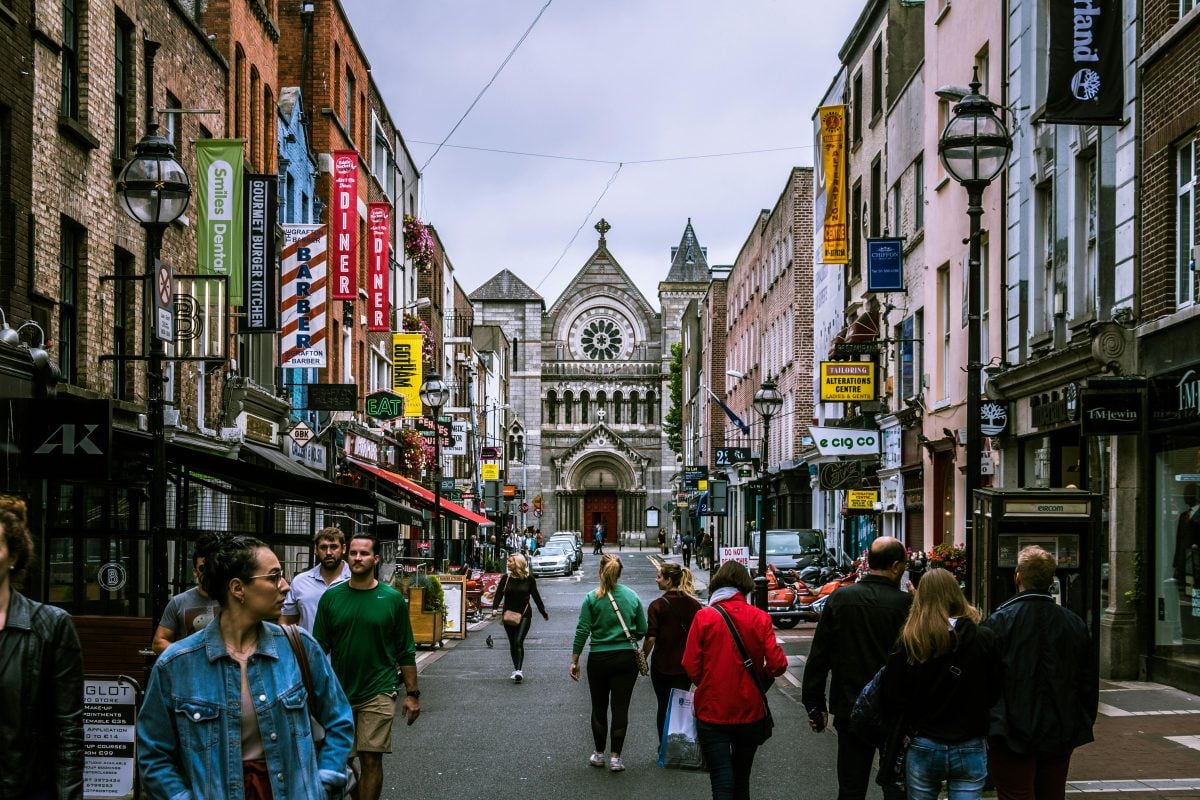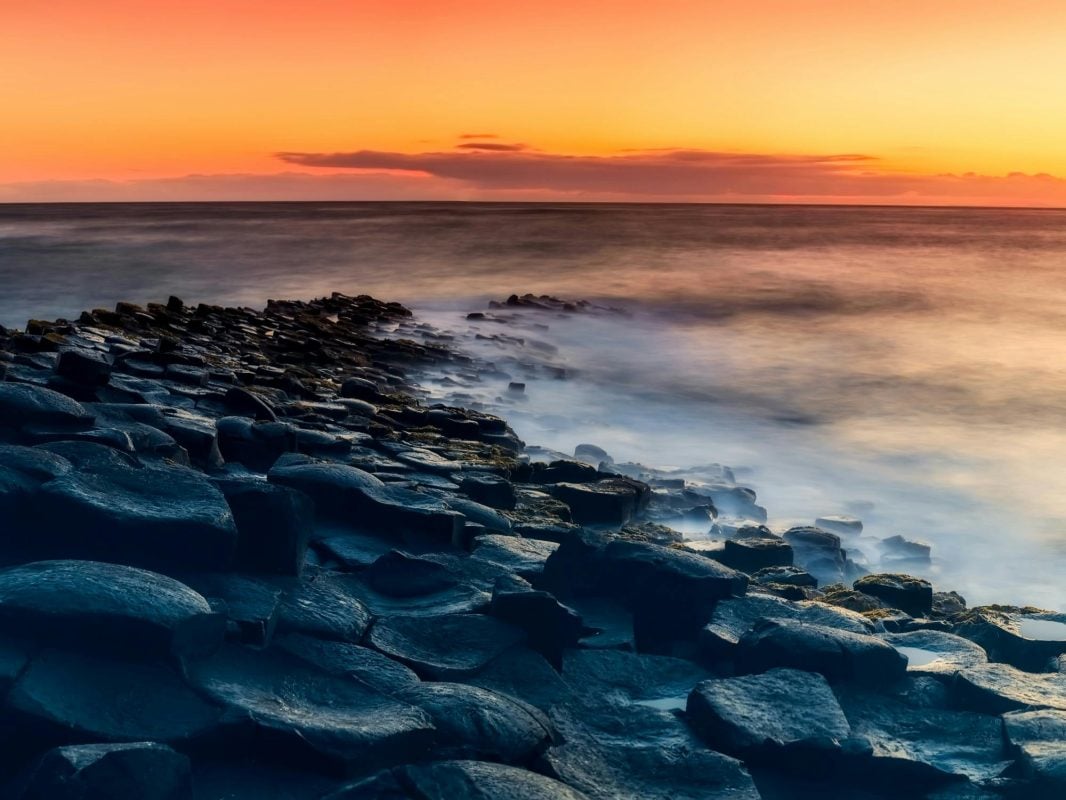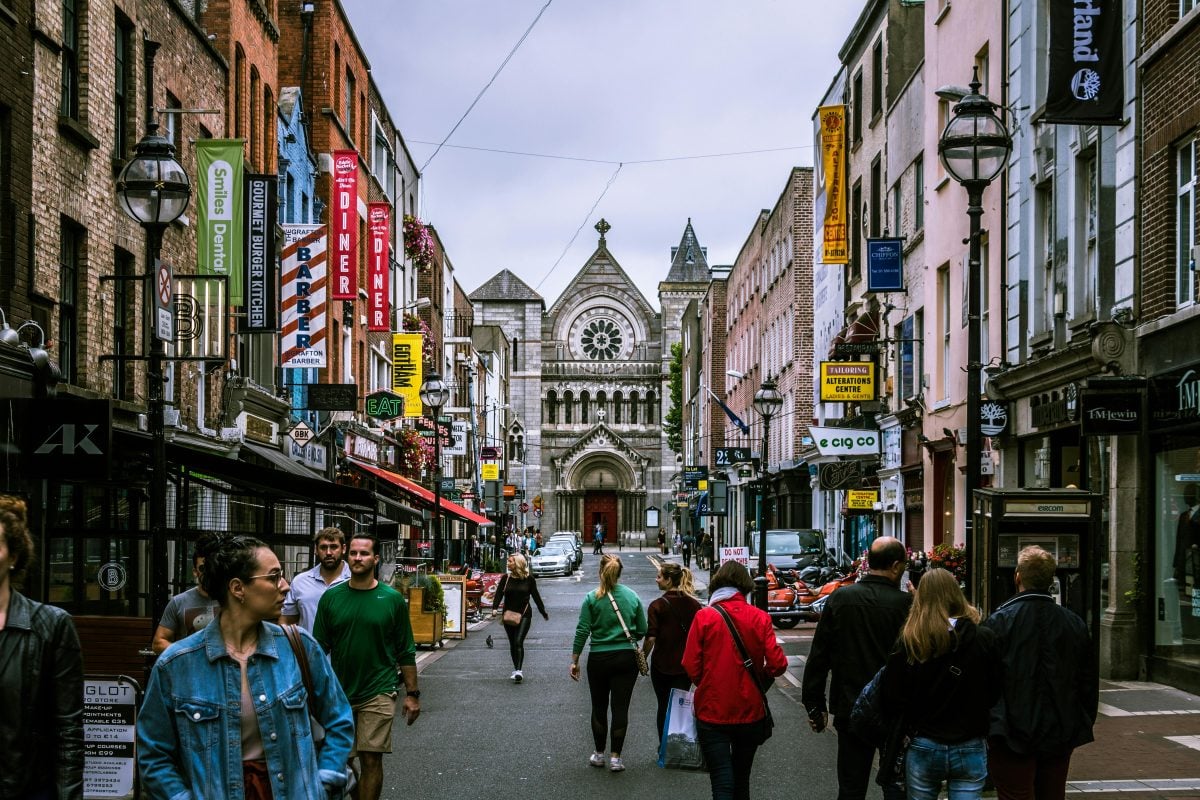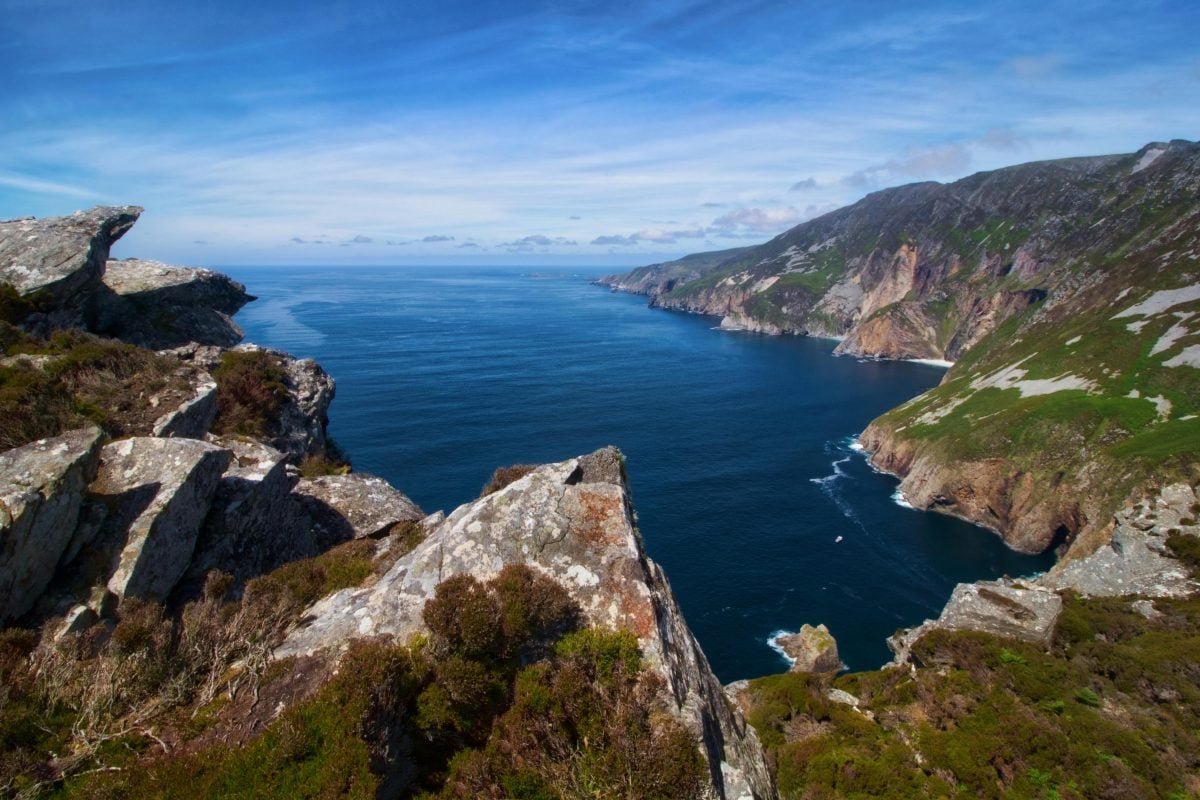The Night Ireland Wept as Mary Robinson Became Our First Female President — A Revolution in a Grey Dublin Bar
Estimated reading time: 5 minutes
Key Takeaways
- Mary Robinson was the first female president of Ireland.
- Her election represented a pivotal moment for gender equality in Irish politics.
- Robinson’s legacy continues to inspire movements for social justice today.
Table of Contents
Introduction
The Heart of the Story
The Wider Echo
The Now & The Next
Did You Know?
FAQs
Final Word
Introduction
In November 1990, the rain drummed on the streets of Dublin, a city wrapped in grey clouds and the scent of change. It was a night for the ages, one that stirred the very essence of what it meant to be Irish. As Mary Robinson, that indomitable spirit, strode into history as Ireland’s first female president, hearts swelled, dreams awakened, and the country shifted on its axis. This was more than an election; it was a revolution brewing in the smoky corners of a bar, where men and women gathered to witness the dawn of a new era.
The Heart of the Story
On that fateful night, the buzz of excitement electrified the pubs and homes across the nation, yet it was in a small bar in Dublin where the atmosphere crackled with unmatched fervor. Regulars huddled around the telly, eyes glued to the screen, just as generations had done before during countless moments of turmoil and triumph. As the results poured in, the air thickened with hope and disbelief. Mary Robinson! The woman who had fought fiercely for justice, civil rights, and women’s equality, now held the promise of progress for every Irish person, especially the women who had long been silenced. When her victory was announced, there was a surge of emotion—a crescendo of tears and cheers. This was a moment that made even the hardest of hearts tremble.
The Wider Echo
Mary Robinson’s election was not just a personal achievement; it signified Ireland’s transformation. It was a statement to the world that Irish women deserved to be seen, heard, and respected. Across the globe, from Boston to Berlin, the Irish diaspora felt a pulse. Robinson’s courage was a mirror reflecting years of struggle and resilience, shattering ceilings of tradition. “Change is never easy, but it is essential,” she would later say, and that night, Ireland collectively believed that change was indeed possible. It marked the beginning of new dialogues about equality, rights, and identity. The voice of a nation grew louder with each passing day, igniting movements that would ripple through the decades.
The Now & The Next
Today, echoes of that historic night resonate in the hearts of modern Irish men and women, as they grapple with the housing crisis, the fight for LGBTQ+ rights, and social justice. Again, we find ourselves at a crossroads, where different forms of discrimination and inequality rear their heads, demanding attention. Mary Robinson’s legacy is a guiding star, reminding us of the power of a united front, of voices lifted in harmony clamoring for equality. As we look to future generations, we must ask: What kind of Ireland do we want? One where every heartbeat counts, reflecting the vibrant tapestry of our society, resonating with pride and purpose.
Did You Know?
- Mary Robinson was the first female president of Ireland, serving from 1990 to 1997, and she has been a prominent advocate for human rights worldwide.
- Her presidency was a significant turning point in Irish politics, paving the way for a greater emphasis on civil rights and social issues in subsequent administrations.
FAQs
What were some challenges Mary Robinson faced as president?
Mary Robinson faced resistance from conservative elements within Irish society, especially regarding issues of women’s rights and social justice, but her determination and charisma helped her navigate these challenges successfully.
How did Mary Robinson impact women’s rights in Ireland?
Robinson’s presidency inspired a new generation of female leaders in Ireland, promoting discussions on gender equality and women’s representation in politics, creating pathways for future change.
Final Word
As we reflect on the night Ireland wept tears of joy, let us carry the torch of Mary Robinson’s spirit into our own lives and communities. Let that flame guide us, as we fight for a brighter, more inclusive Ireland for all. If you carry the same pride we do, you’ll find a piece of home waiting at
HubIrish.com.

